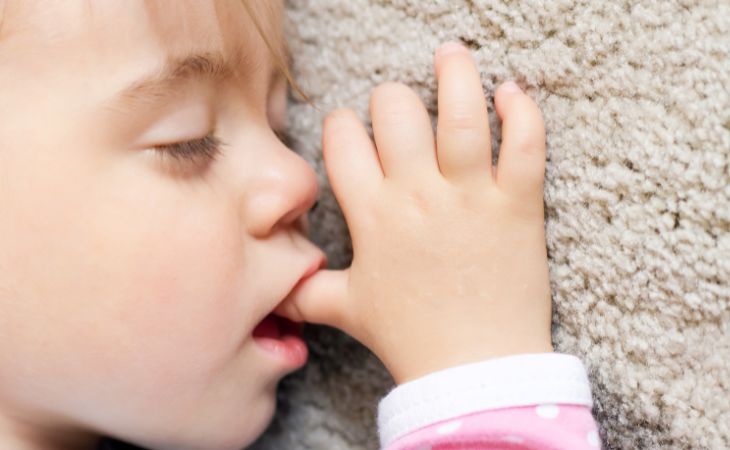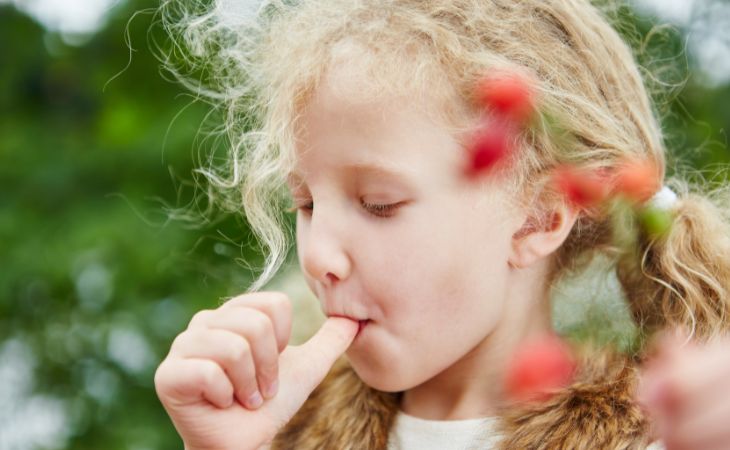
Finger sucking is a common behavior observed in children, with approximately 90% of infants displaying this reflex as early as two hours after birth. While initially endearing, especially when observed during sleep, the habit's persistence can negatively influence the development of the mouth, jaw, and facial bones, as well as dental alignment. Medical professionals advise ceasing this habit between the ages of 2 to 4 to prevent potential damage to the mouth and teeth structure, yet many parents find this transition challenging. To aid in understanding and addressing this behavior, expert insights and advice are provided below.
Several reasons explain the persistence of this habit over time:
Natural Development: Finger sucking is a part of infants' natural development, stemming from a reflex to suck. This habit may begin in the womb and is important for developing tongue and jaw muscles, typically diminishing by age 3, according to Dr. Jonelle Anmelchi, a pediatric dentist from Washington, USA.
Seeking Comfort: As children grow, the act of thumb sucking evolves from a developmental necessity to a source of comfort, offering a sense of security similar to that provided by blankets, notes a 2015 study.
Environmental Stimuli: Environmental factors can trigger finger sucking, which children find soothing, especially in comfortable settings like their bed, in front of the TV, or during car rides, says Dr. Anmelchi.
Emotional Struggles: Increased thumb sucking can indicate anxiety, suggesting the need to investigate new stressors in the child's environment, such as starting school or family changes, suggests Dr. David Berger, a pediatrician from Florida.
Respiratory Issues: Persistent thumb sucking in older children may signal breathing difficulties at night, requiring medical evaluation to address potential airway problems.

While most children naturally stop this behavior by age 4, it's crucial to intervene between ages 2 to 4 to prevent dental and skeletal issues. Postponing dental visits beyond a child's first birthday could delay the identification of potential problems, stress Drs. Berger and Anmelchi.
Finger sucking can become an ingrained part of a child's daily routine or a habitual response to certain situations. Over time, the action of sucking their finger becomes an automatic behavior that children might not even be consciously aware of doing. It can occur during moments of boredom, tiredness, or when they are simply seeking a familiar comfort. Breaking such a routine requires patience and often, a replacement activity or comforter to shift the child's reliance away from their finger.

Dr. Anmelchi emphasizes collaboration between parents and children in overcoming this habit, comparing it to the teamwork required in potty training. She reminds parents that unless dental professionals identify specific concerns, there's no need for undue stress if the weaning process extends beyond expectations.
Addressing the habit of finger sucking involves recognizing the multifaceted reasons behind it, including routine, the need for pain relief during teething, and the influence of modeled behavior. By acknowledging these factors, parents and caregivers can tailor their approach to helping children overcome this habit, supporting their development towards healthier coping mechanisms and routines.